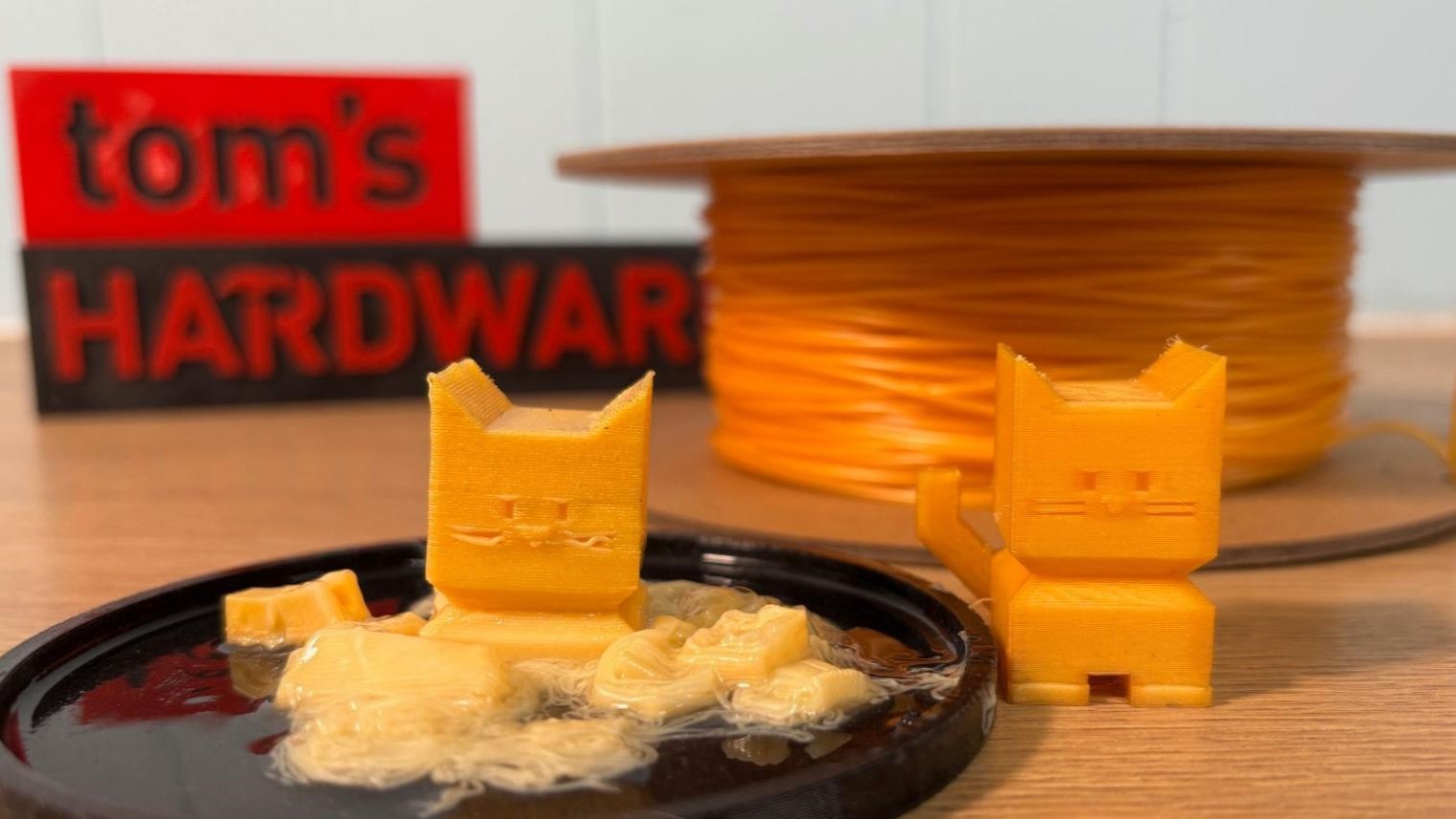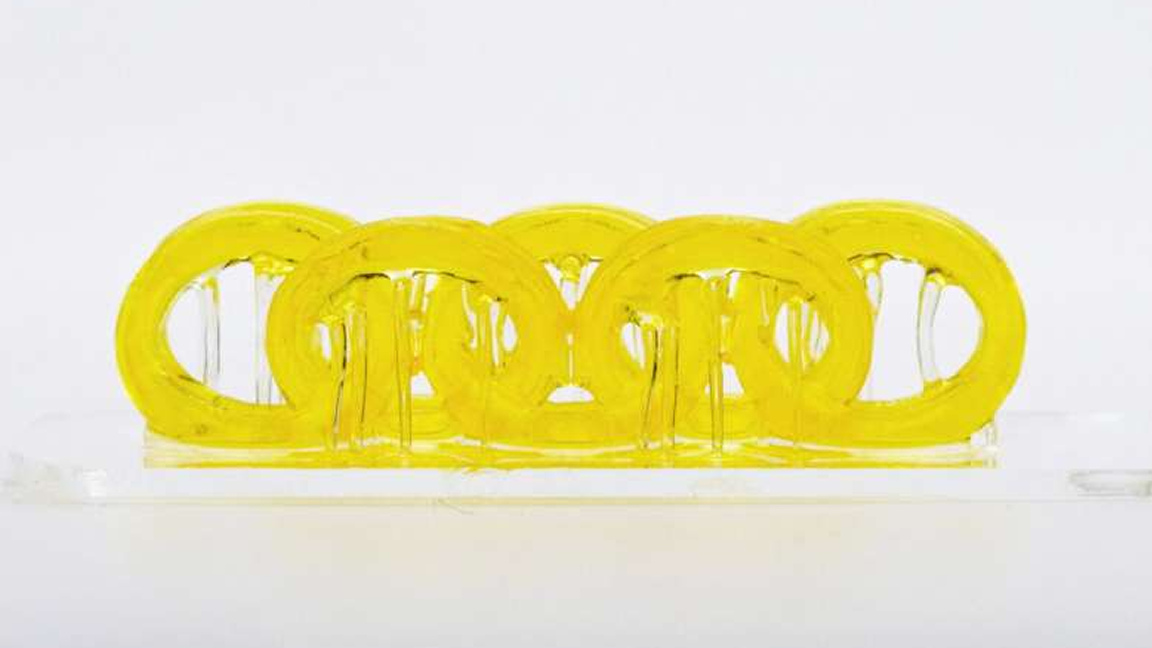The world of 3D printing has grown significantly over the years, and with that, so has the waste generated from the hobby. Thankfully, we have researchers like the team of scientists over at Zhejiang University who are working hard to reduce this waste and make 3D printing more sustainable as a whole. The team is directed by Professor Xie Tao and Professor Zheng Ning, who led the group in developing a 3D printing resin that can be recycled over and over again.
The team elaborated on the process, explaining that the resin is more easily recyclable thanks to what they call a thermally reversible photo-click reaction. This makes the resin infinitely recyclable as the molecular structure can be rebuilt each time as if the material were new. This lends to their ultimate goal of helping reduce resin waste when UV printing.
An important factor in the recyclability of the resin is its structural integrity. There is reportedly no compromise in performance when using the recycled resin as opposed to the original, unprocessed batch. Professor Xie Tao confirmed that the resin is broken down at the molecular level and can then be reprinted.
You may like
-
![]() Could water-soluble plastic be the answer to better recycling of 3D prints?
Could water-soluble plastic be the answer to better recycling of 3D prints? -
 Groundbreaking 3D-printing tech developed
Groundbreaking 3D-printing tech developed -
![]() New 3D printing tech fuses hard and soft structures in a single print — novel resin can create both with different light sources
New 3D printing tech fuses hard and soft structures in a single print — novel resin can create both with different light sources
Resin printers work similarly to FDM printers in that they produce objects one layer at a time. With resin printing, beams of light are used to solidify layers of liquid resin that are stored in a small vat. The resin used by most UV printers today can be recycled sometimes, but not easily—especially in the way that this team has created.


